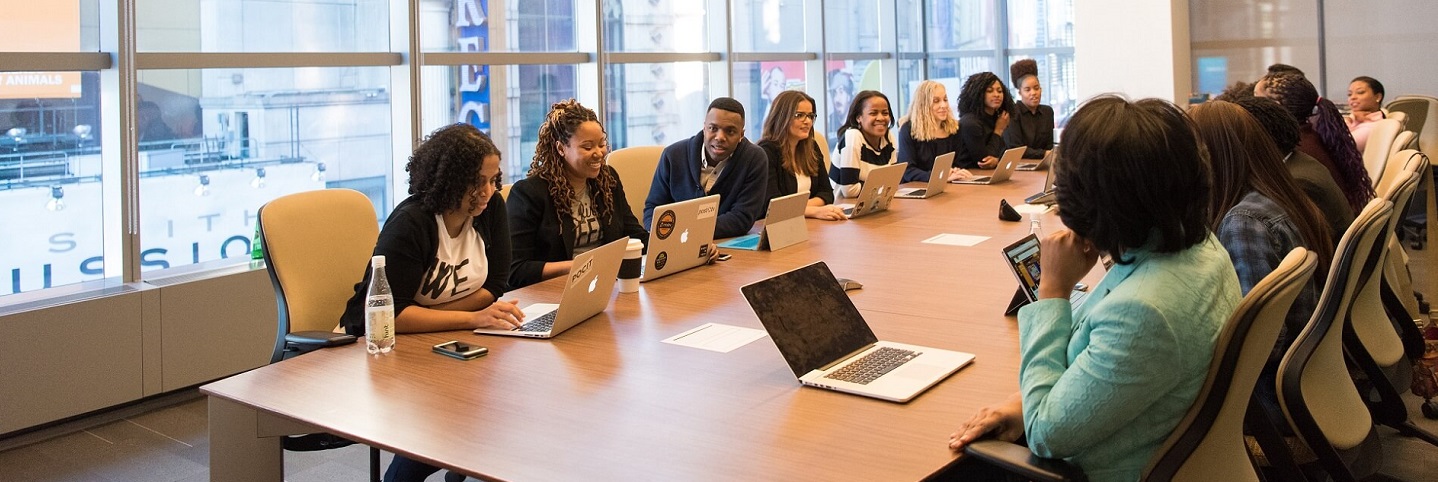
- Idea -
The benefit of visual cues: Visual cues can reduce the extraneous load on working memory. It can reduce the load on working memory by reducing the effort involved in visual search and interpretation, which can improve efficiency.
The information visualized can reduce the possibility of the information being misunderstood or forgotten, which can serve a reminder in the shared spaces.
- Case Study -
The room booking in the office is the typical application of the visual cue. Since a lot of meeting conflict, unruly occupy can be rooted back that the people who take the room do not know the schedule of the meeting room.
Though they have their room booking system (Office 365, Google Workspace, or MS Exchange), issues still happen. Let’s check a case:
A sales team of 10 needs to review their OKR completion this quarter. They reserved the meeting room last Monday. Team members also adjusted their work tasks for this meeting.
- Adverse Effects -
Their daily tasks or week task timeline were affected, at least what suppose to proceed was disrupted by some accident. Let along with the psychological impact. This greatly reduces personal productivity.
The pace and confidence of the entire team have also been affected. Since they’ve prepared so long for this meeting, but were affected by this kind of accident.
No doubt that the sales staff will blame this on the unruly behavior of the R&D staff. But bad influences have been caused, the loss cannot be remedied by finding who to blame. The relationship between these two teams was alienated. That makes the corporate culture worthy less and less.
It leads to doubts about the effectiveness of the organization. If the meeting room cannot be reserved even if you make a reservation in advance, then what’s the point of making a reservation in advance?
- Solution -
- More Appilcations -
In addition to displaying the room schedule, these E-ink signages can also serve as a Name Tag: displaying employees’ names, contact, availability, or some other customized content.
In the Home Office scenario, this signage can also play an efficiency improver role:
- Displaying your daily schedule: avoid being interrupted.
- The notice board of the household tasks
- Some warm greetings or tips to family members
Visualize the information, in a simple but effective way.
